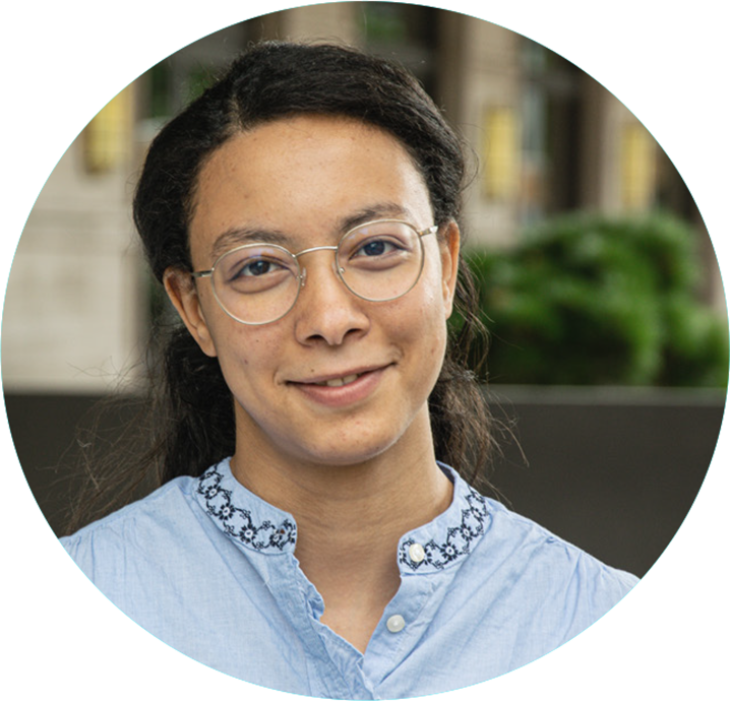Interview
Nourhan Abdelrahman - VUB

Where does your fascination about coatings come from? Why are you writing your dissertation in this field of research?
During my bachelor, I did a degree in aerospace engineering, alongside a minor in materials science. I had a keen interest in airplanes and the materials of which they are made. I waited for the chance to combine both my major and minor fields into one path, which was presented in VIPCOAT.
Later in my Master’s degree studies, I developed an interest in modeling and numerical analysis, where I also was introduced to the concept of a digital twin. It is a digital replica of a system that could be used to conduct all the needed steps of design, test or operation. In a sense, it could ensure the success of the product design, with the need for many trials. It could guarantee that the test conditions are completely controlled and known, as opposed to any uncertainties that could happen for a test on the real system.
I think modeling is a major tool for the development of a digital twin for protective coatings. I believe I could participate in the building of a tool that could later be used to facilitate the overall process of protecting essential materials.
What impact on the future can your work provide, and what are the biggest challenges?
The steps of design, test and operation of protective coatings are indeed what I, as part of VIPCOAT, aim to obtain as a result of the finite element models we are developing. I am hoping that a user would be able to complete all the three steps with a limited amount of experimental measurements. Through the model, a user with knowledge of their product's operation time could obtain, for example, how much of a certain inhibitor would be needed. They would be able to figure out what atmospheric conditions could be more damaging to the system.
The translation of a complicated system into a model poses the main challenge. There are too many processes occurring at the same time. The complete representation of all of them could be described as an incredibly difficult task
What makes your research institute special, and what do you particularly like about it?
It is admirable that the VUB has expertise, knowledge and infrastructure. However, I think the most special thing about VUB is its welcoming and supporting atmosphere. Our department MACH in particular, has a well-established cooperation system for its members. From professors, technicians, postdocs, to PhDs and master students. Everyone is trying to transfer their knowledge and help each other. Scientific sessions are conducted every week where each member can explain their work and receive helpful comments, solutions or discussion points. It is always done in a friendly and kind manner, which I believe makes it more productive and effective.
Which advice do you have for other young people who are interested in studying sciences? What experiences have you gained during your studies?
Understand that science is about exploring different paths. Science is a long journey where, with every step, you learn. The success of a path is not determined by the success of its result. It is enough to transfer what you have learned at the end. This is your contribution to existing human knowledge.
Take care of your wellbeing, it is easy to forget that along the way. Balance dedication to science with dedication to yourself. I have acquired experience in handling and dealing with stress. This has helped me with the overall managing of my work and tasks.
I got the chance to talk with people with great expertise in the field and in life in general. I believe that gave me a better sense of what I am working on.
What are your goals for the future as well as for VIPCOAT?
My goal and my hope is to overcome the aforementioned challenges. I believe it is possible to tackle these challenges through the inclusion of processes based on their significance and their effect on the system. The model will be growing one step at a time as more processes are included and validated against experimental measurements. Until at some point, we can have a fully descriptive digital twin.
Photo: hereon/ Lisa Depenbrock